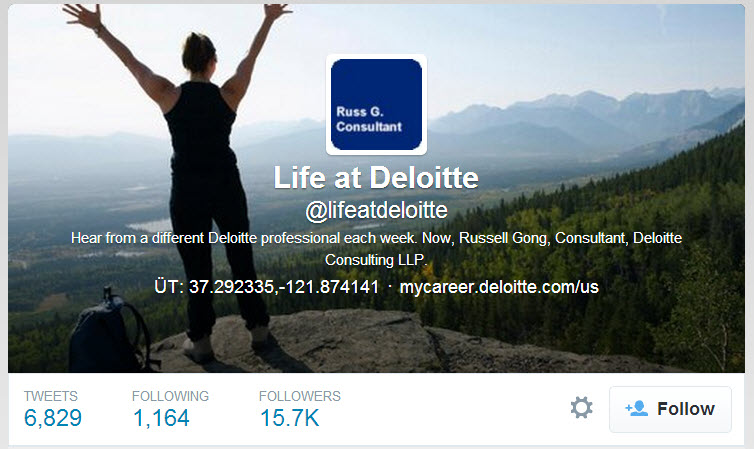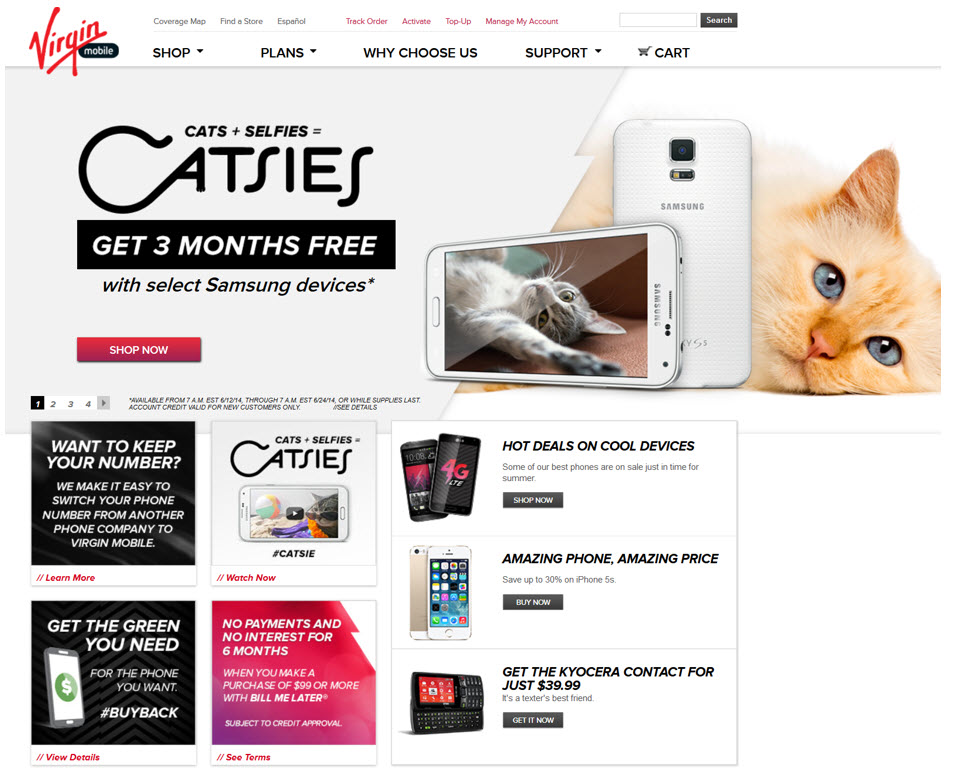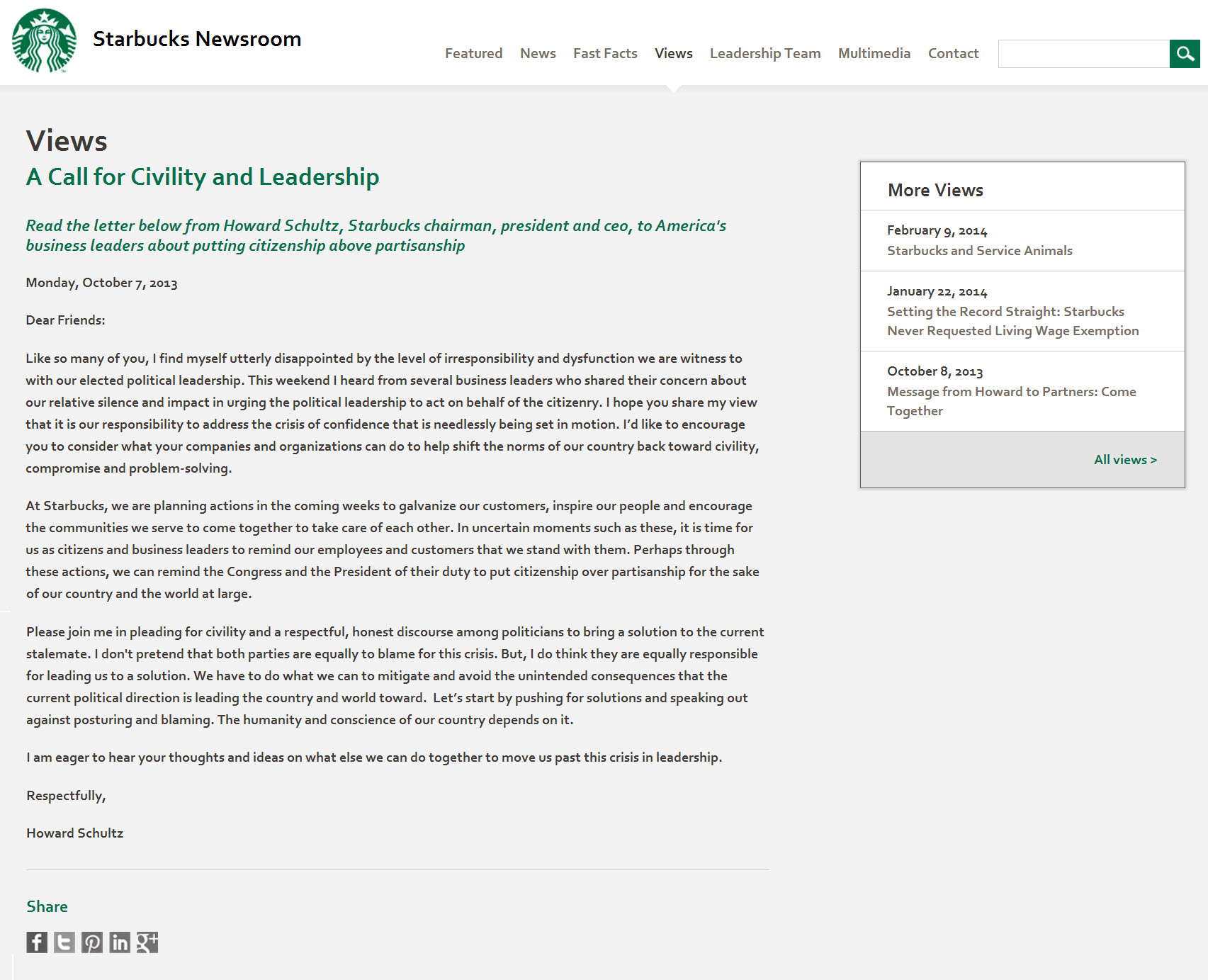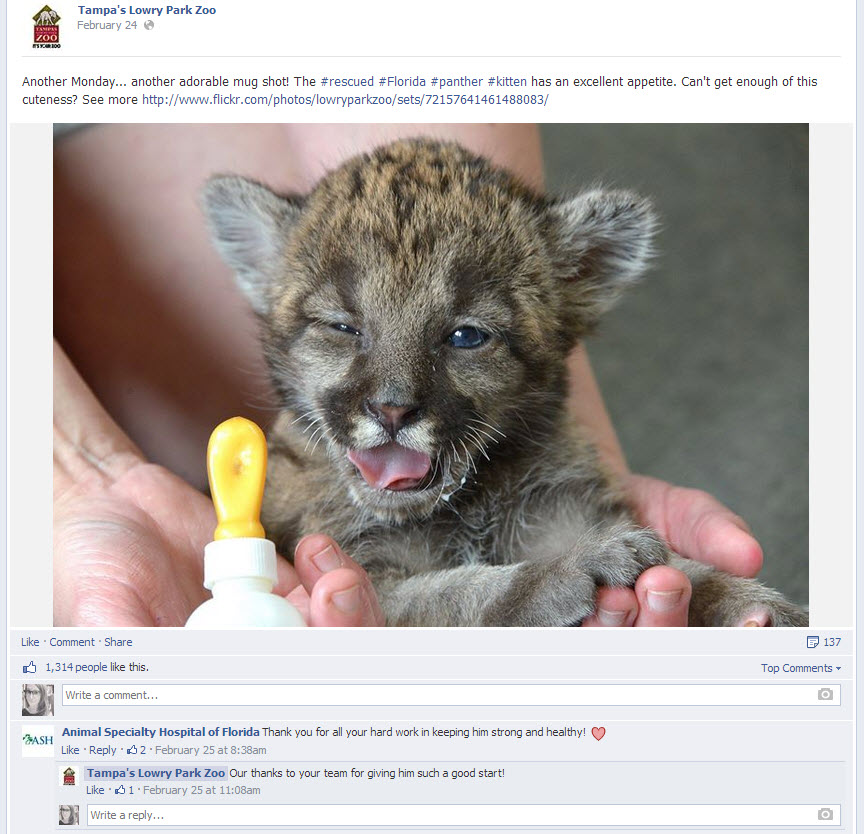Branded social media accounts are for the bold.
While they allow you to interact with a global audience in real time, the damage caused by the wrong post gone viral can be permanent. But then again, he who risks nothing gains nothing. I mention this in context of the potential public relations risks associated with allowing employees to take over a branded social media account.
The idea of an employee-driven Twitter account might make your PR team cringe, but would you be willing to take the leap if it meant a 46% increase in followers? In this MarketingSherpa Blog post, I wanted to share a recent interview I had with Deloitte’s Senior Manager of Employer Brand, Lisa Monarski.
We touched on some of the things she has learned from managing a branded employee Twitter account.
A unique opportunity to deliver value
In 2010, Deloitte identified an opportunity to increase the force of its value proposition through Twitter, an emerging medium for B2B marketers at the time.
While the company’s Twitter strategy in the U.S. had previously centered on a B2B audience, the team realized they could launch a separate Twitter handle to answer a common question their talent recruiters often hear:
“What’s it really like to work at Deloitte?”
Translate this into: “If I am your ideal prospect, why should I choose you rather than any of your competitors?”
Sound familiar?
The key thing to remember here is that in order to answer the question, you have to get inside the mind of the customer and see your offer through their eyes.
If your prospects are recruits, there is no better way to do this than to let your employees answer the question for you because, as one-time recruits themselves, your employees identify with your recruiting prospects.
And so, the @LifeAtDeloitte handle was born.

By using this handle, Deloitte was able to convert the attention of recruits into legitimate interest. The account was an opportunity to increase appeal, credibility and clarity of the company’s value proposition.
Let’s also keep in mind that the exclusivity factor was already there: “Only those who sign with us get to experience this.”
MarketingSherpa: What prompted you to start an employee-run Twitter account?
Lisa Monarski: In the U.S., Deloitte’s Twitter strategy had centered on the B2B audience with specific business- and industry-related handles. In 2010, we realized this could be a great channel to help answer the question that our recruiters hear many times from candidates: “What’s it really like to work at Deloitte?”
MS: Who is your target audience?
LM: Our target audience is anyone who wants to know what it’s like to work at Deloitte. We think that anyone from a college freshman up through a seasoned professional looking for new challenges can gain insights into our culture and people by following @LifeAtDeloitte.
MS: Who (or what) was your inspiration to start an employee-run Twitter account?
LM: Our people were the inspiration for this strategy. Whenever you ask someone questions like, “What brought you to Deloitte?” or “Why have you stayed here for so long?” etc., the answer is consistently the same: It’s the people.
We have a very engaging and collegial environment here. Creating a channel where we could feature our people and give them the microphone, so to speak, seemed like an authentic approach to highlighting those who work here.
MS: How do you select the employee who gets the handle?
LM: We help our followers – more than 15,300 now – experience a good cross-section of Deloitte. Guest tweeters range from new hires and first year auditors or consultants up through some of the more senior leaders of the organization. We make sure to represent our various functions – audit, consulting, tax, enterprise risk and financial advisory.
We also use the account to promote the programs that demonstrate our values such as Warrior Games, Olympics, IMPACT Day, Alternative Spring Break, or our presence at national and global events such as Davos or SXSW.
MS: Do you brief them before they receive access to the account?
LM: Deloitte has social media guidelines and training programs in place as well as policies to protect our clients’ confidentiality. Our guidelines help our people develop strong networks and their personal brand both inside and outside of work.
Every professional who takes a turn as guest tweeter is given a written guide of leading practices. They also participate in what we call a “primer” to discuss the tactical side of managing the handle. It’s truly the professional’s authentic voice that you see in the tweets.
Read more…













